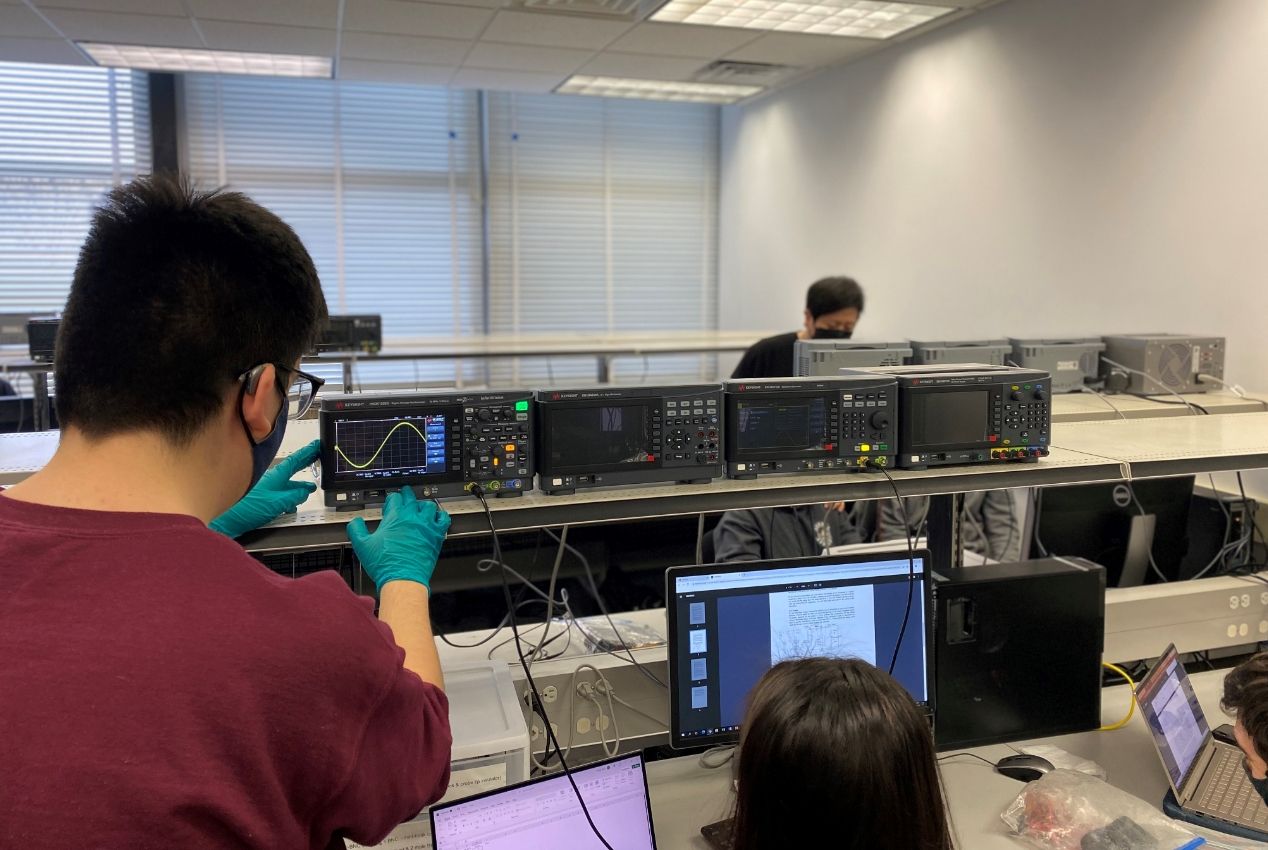
Keysight Technologies reported a decrease in revenue year over year due to weakened demand across its sectors.
The company outperformed earnings expectations for the quarter, indicating effective cost control and operational efficiency.
Goldman Sachs set an optimistic price target of $181 for KEYS, suggesting confidence in its long-term growth prospects.
Keysight Technologies (NYSE:KEYS), a prominent player in the electronic measurement industry, faced a challenging third quarter in fiscal 2024. The company, known for its contributions to wireless communications, aerospace and defense, and semiconductor markets, reported a decrease in revenue year over year. This downturn was primarily due to weakened demand across its diverse sectors, reflecting broader market challenges.
Despite the dip in revenue, Keysight Technologies managed to outperform earnings expectations for the quarter. This achievement suggests that the company has effectively controlled its costs or found ways to operate more efficiently amidst declining sales. Such resilience in earnings, despite lower revenues, is noteworthy and indicates a robust underlying business model.
In light of these developments, Mark Delaney of Goldman Sachs has set an optimistic price target of $181 for KEYS. This target, reported by StreetInsider, represents a significant potential upside of 18.16% from the stock’s trading price of approximately $153.19 at the time of the announcement. Goldman Sachs’ reiteration of a Buy rating on KEYS underscores confidence in the company’s long-term growth prospects, despite the short-term revenue challenges.
The contrast between the company’s revenue decline and the positive outlook from analysts like those at Goldman Sachs highlights the complex dynamics at play in the valuation of tech companies. While current performance may show volatility, the long-term perspective based on the company’s market position, technological advancements, and strategic initiatives can paint a more optimistic picture. This duality is a common theme in the tech sector, where future potential often drives investment decisions as much as current performance.

